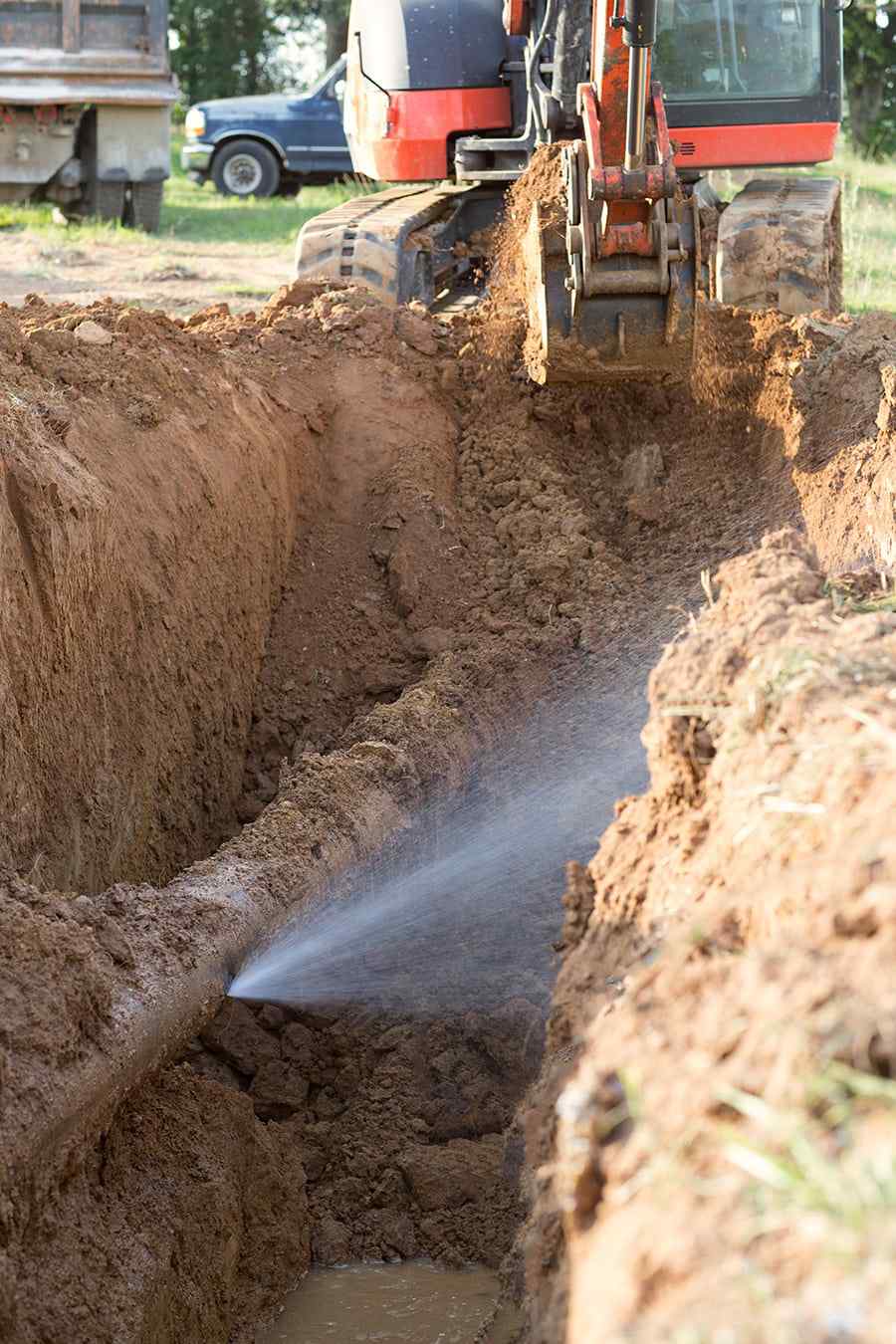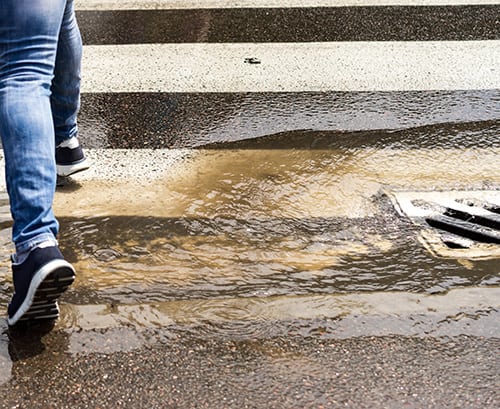 Approximately 90 percent of Americans get their water from a public water system, and the country’s overall infrastructure has been graded D-plus by the American Society of Civil Engineers (ASCE). Drinking water systems received a D and waste water systems a D-plus – and that grade hasn’t improved in years.
Approximately 90 percent of Americans get their water from a public water system, and the country’s overall infrastructure has been graded D-plus by the American Society of Civil Engineers (ASCE). Drinking water systems received a D and waste water systems a D-plus – and that grade hasn’t improved in years.
Most Americans receive their water through pipes that are coming to the end of their usable lifespan of 75 to 100 years, according to the ASCE drinking water report card. Those failing systems lose six billion gallons of treated water every day, or nearly 20 percent. The ASCE estimates it will cost more than .3 trillion to fix America’s drinking water problem.
Far-Reaching Affects on the Public Water System
Investment in our water systems has been inadequate for decades, and rate payer-generated revenue is flat and even declining as some municipalities see their populations shrink. The federal government provides low-interest loans for water infrastructure projects, but the millions invested in the program can’t keep pace with a need that exceeds trillion. Meanwhile, state and local governments have decreased spending by more than 20 percent.
To compound water woes, public sewage systems, already serving more than 75 percent of Americans will see a demand increase of nearly 25 percent by 2032. An estimated 532 systems will need to be added to the 14,748 plants treating sewage to meet that demand. The EPA estimates the cost to update and expand wastewater infrastructure to do so would cost $1 billion.
Improvements Stalled by the Expense
The problem with upkeep and expansion is the expense, and many smaller communities don’t have the economics of scale to fall back on. Neither can municipal governments count on the federal government to shoulder more than a small portion. Over the past five years, the federal government has provided .4 billion per year to all 50 states and the District of Columbia for sewage improvements.
The greatest portion of repairs will fall on the municipality themselves, because little money is available at the state level. States provide approximately .8 billion per year, usually discounted loans through Clean Water State Revolving Fund programs. At that rate, it will take nearly 40 years to make the repairs and upgrades needed for the water system by 2032.
Our water systems are facing decades of neglect, no clear consensus on what should prioritized, and no clear source of funding. Public spending on total infrastructure dropped from 3.6 percent of the Gross National Product in 1960 to 2.6 percent by 1985, according to Rebuild America Coalition. The coalition estimates spending to improve wastewater operations needs to increase by .8 billion annually. Additionally, the EPA estimates that .8 billion is needed for immediate infrastructure improvements to maintain drinking water quality and protect public health.
Homeowner Responsibilities
As public system age and government officials struggle to find the finding to repair them, so do private service lines and residents. In addition, many residents are unaware of their responsibility to maintain their service lines until there is an issue – an unhappy realization for many.
The National League of Cities (NLC) Service Line Warranty Program, administered by Utility Service Partners, Inc., a HomeServe Company, addresses aging private infrastructure by offering homeowners an affordable protection plan through partnerships with cities at no cost to the city.
Contact us to learn how Service Line Warranty Program can educate your residents about their service line responsibilities while providing an affordable repair program.

